- Solar energy blog
- Adapting Italy’s grid to accommodate the influx of renewable energy
Adapting Italy’s grid to accommodate the influx of renewable energy
Installing renewable capacity is only one piece of the puzzle. Explore how Italy is adapting its grid to cope with an influx of new renewable projects

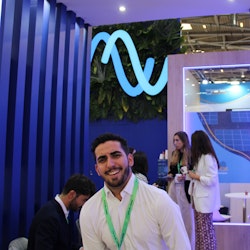
Juan Miguel Sierra
Account Executive
Juan Miguel is a sales professional responsible for Italy at RatedPower. With a background in international business & trade relations, he ensures exponential growth within these markets and the development of RatedPower’s technology.
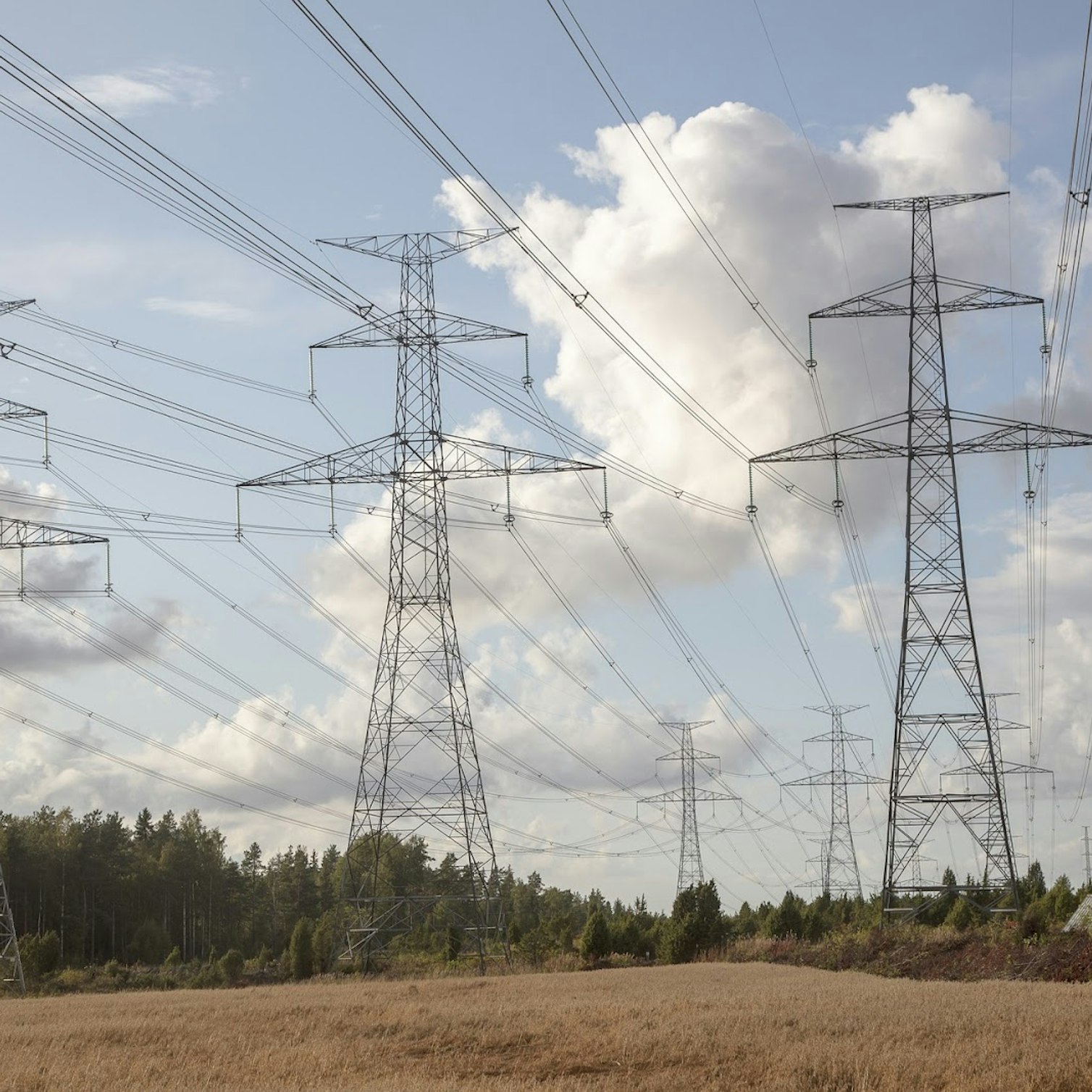
Increasing the share of renewables in the global energy supply is a complex but crucial task. Without significant investment and progress in decarbonizing energy systems around the world, the effects of global warming will continue to worsen and climate goals will not be met.
Much of the efforts so far have focused on increasing renewable energy capacity through investment and deployment of new green projects. This is of course a necessary step, as without the generation capacity in place, countries are unable to move away from fossil fuels. However, the deployment of new green projects is only one part of the equation.
New renewable energy installations must be connected to the grid in order to supply power for consumption by end users. In this blog, we’ll be taking a look at how Italy is planning to adapt its grid in order to take advantage of the increase in renewable capacity in the country.
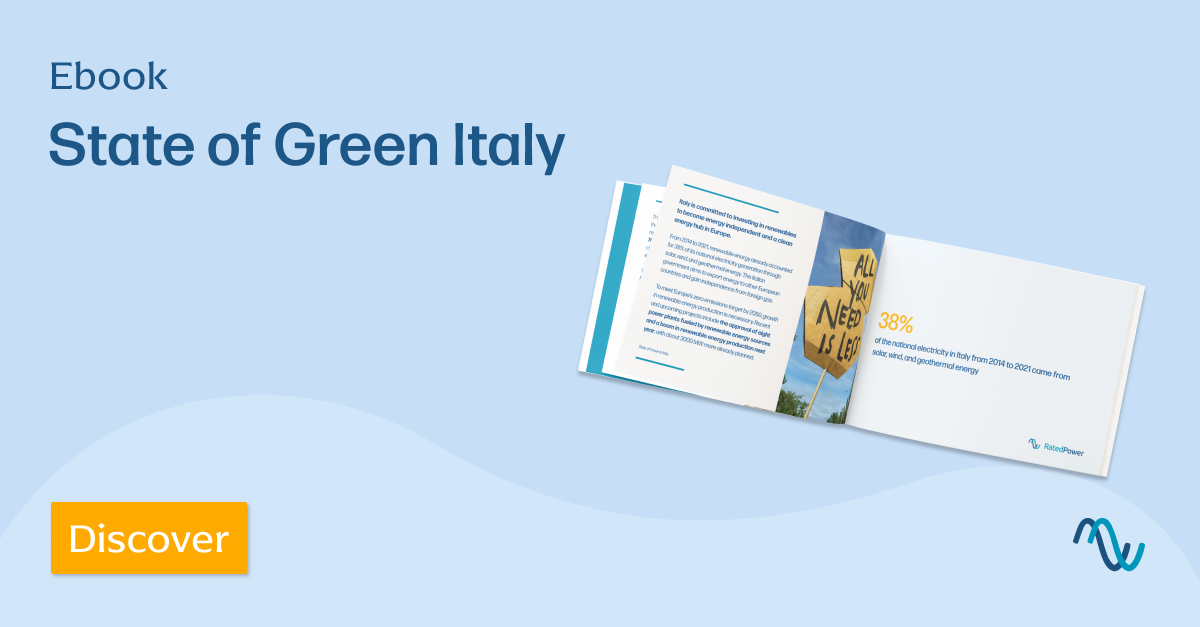
Italy’s energy mix
Italy’s power supply is still weighted towards fossil fuels. In 2022, 51% of the country’s power came from fossil fuels, the majority being from liquefied natural gas (LNG). Italy has committed to reducing their reliance on imports of LNG by 2025.
Although fossil fuel use is still high, promising signs are coming from Italy as it pushes towards a green future. In 2021, the Italian government announced that the country would be targeting a 70% renewable energy share in the energy mix by 2030. This is considerably higher than the EU-wide goal of 55% by 2030, signaling Italy’s intent to become a frontrunner in the green transition.
However, a study by ECCO, in collaboration with Artley’s, found that if Italy is to meet its ambitious targets, the country must install an additional 190 GW of renewable capacity by 2035. To put this into context, Italy only installed 2.5 GW of new solar in 2022 and a very small amount of wind capacity and 4.8 GW in 2023. The ECCO study estimates that the country will need 250 GW of installed renewable capacity by 2035. In 2022, its installed capacity was roughly 37 GW.
The issue lies not only in creating this capacity but also in connecting it to the grid. Without sufficient grid connection and transmission capabilities, the increased amount of installed capacity cannot be used. The power generated needs to be distributed for consumption by end users if Italy’s reliance on fossil fuels is to be eliminated. But connecting new renewable sources to the grid has proven to be something of a sticking point for the country.
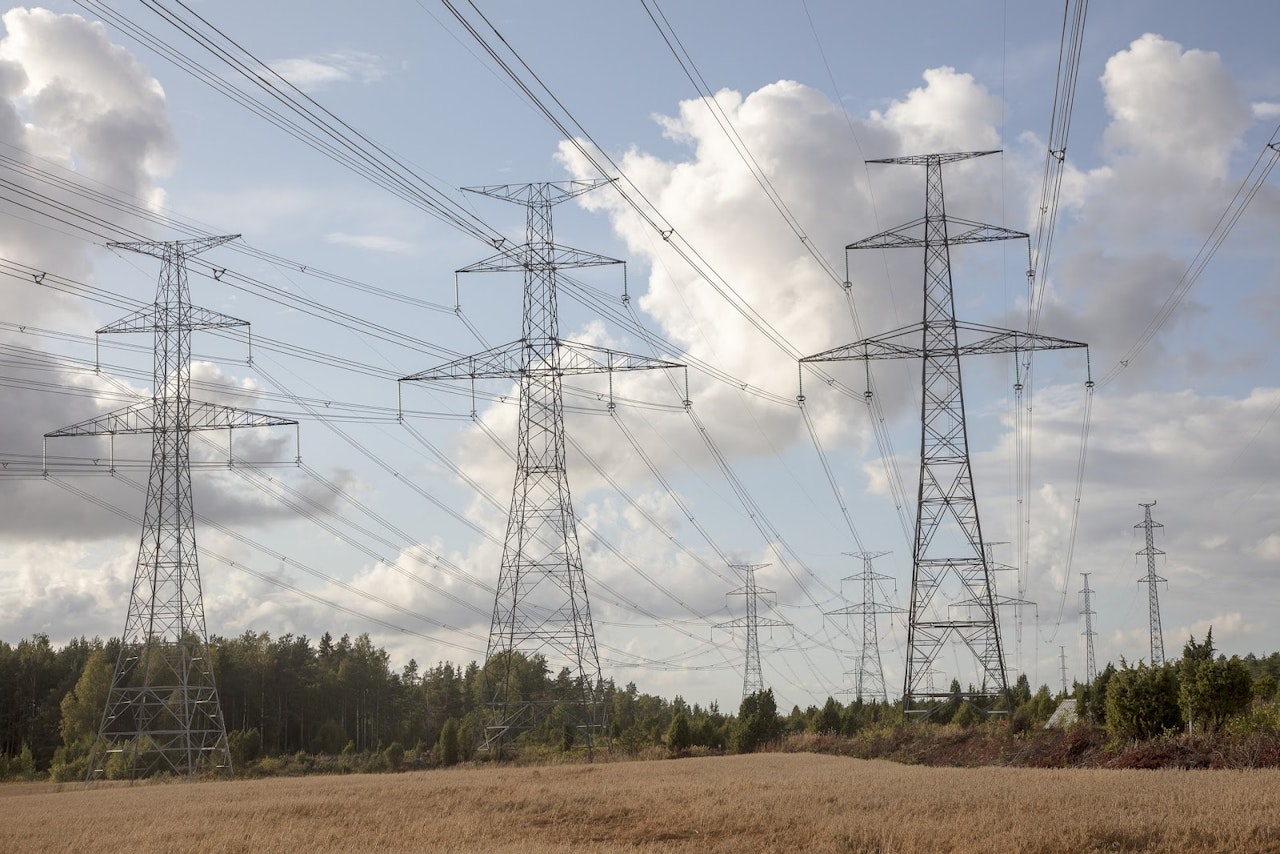
Grid connection challenges
The Italian energy grid, operated by Terna, is currently split into seven regional zones. The interconnection between these zones is lacking, making it difficult to transmit energy across long distances and impacting the deployment of new renewable energy projects. If projects are built too far from the target market, the energy generated currently has no way of being effectively transmitted.
In fact, most of the solar development in Italy so far has been focused on the islands of Sardinia and Sicily, as well as in the southern regions of Lazio and Puglia. This focus is due to the higher land availability and solar resources available in these regions. However, the energy generated in these regions cannot be effectively transmitted to northern regions, cutting off the renewable distribution from large swathes of the country.
In response, Terna has proposed a plan to increase interconnection between the regional zones. The plan has been dubbed the Hypergrid and is targeting a doubling in interconnection between regional zones by 2030, including installing a 1 GW subsea Tyrrhenian Link by 2028 that will connect Sardinia, Sicily, and Campania.
These plans are a necessary step in the right direction.The EU recently revised its approach to the permitting processes for renewable projects, speeding up the process and making it more accessible for developers.
Reforms by the Italian government, in line with EU revisions, are aimed to streamline the permitting process in the country. Before these reforms, new renewable projects were often paralyzed by permit and approval processes and disagreements between stakeholders and governments.
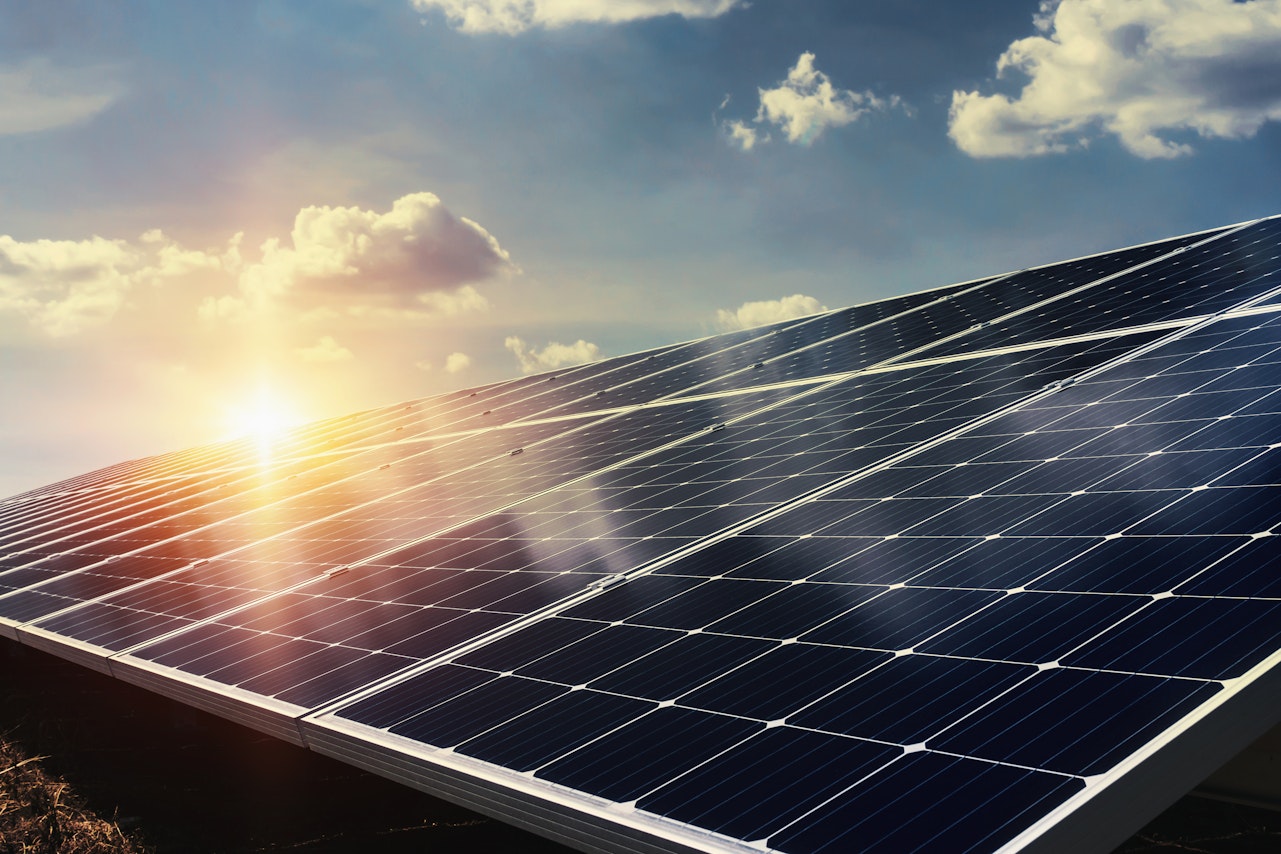
This has helped to push through a huge influx of new renewable projects, with Aurora Energy Research reporting that there is now 130 GW of solar capacity currently under construction in the country. This has been made possible by the new permitting rules and significant investment from large companies such as Capital Dynamics.
The low cost of application, the increased investment, and the overhaul of the permitting processes have led to Terna receiving an influx of connection requests from new renewable projects. In its current state, the grid is struggling to keep up with the level of new applications.
Often, connection dates are set years into the future, slowing the deployment of necessary renewable capacity and making it more difficult for Italy to hit its climate targets. Terna has plans to increase its workforce by 20% to cope with this increased demand but as is the case in many countries, sourcing an experienced workforce, both for permitting and engineering procurement construction purposes, is proving difficult.
Plans are in place to alleviate this stress on the grid but as things currently stand, Italy is faced with an increase in renewable capacity and needs to find a way to connect that new capacity to its grid. Alongside progressive projects such as the Hypergrid, more investment and development of the grid are needed if Italy is to achieve its climate goals and reduce its usage of fossil fuels.
Latest stories
Related posts
Policy and regulation
How PL 624 and PL 671 will transform Brazil’s solar energy market in 2025
Discover how Brazil's PL 624 and PL 671 bills are reshaping the country's booming solar energy market in 2025—balancing rapid growth with fair grid access and smarter regulations.
Updated 15 JUL, 25
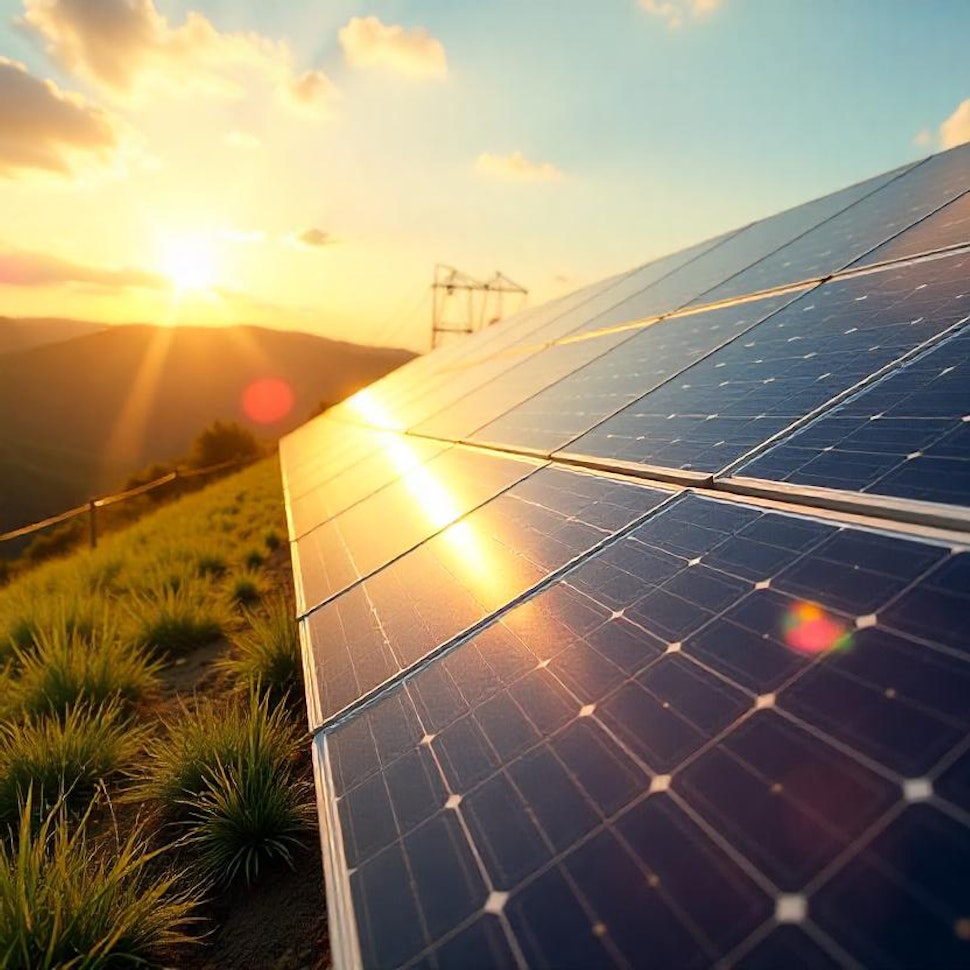
Policy and regulation
Shining a light on the Solar Sunshot Program in Australia
Australia is on a tight deadline to install 28,000 solar panels a day for the next six years to hit its 2030 decarbonization targets — a tall order that hinges on ramping up domestic production.
To this end, the government launched Solar Sunshot, a $1-billion fund to help local PV companies commercialize their products and strengthen the country’s solar supply chains. Let’s explore this initiative and how it might affect the future of Australia’s energy.
Updated 14 JAN, 25
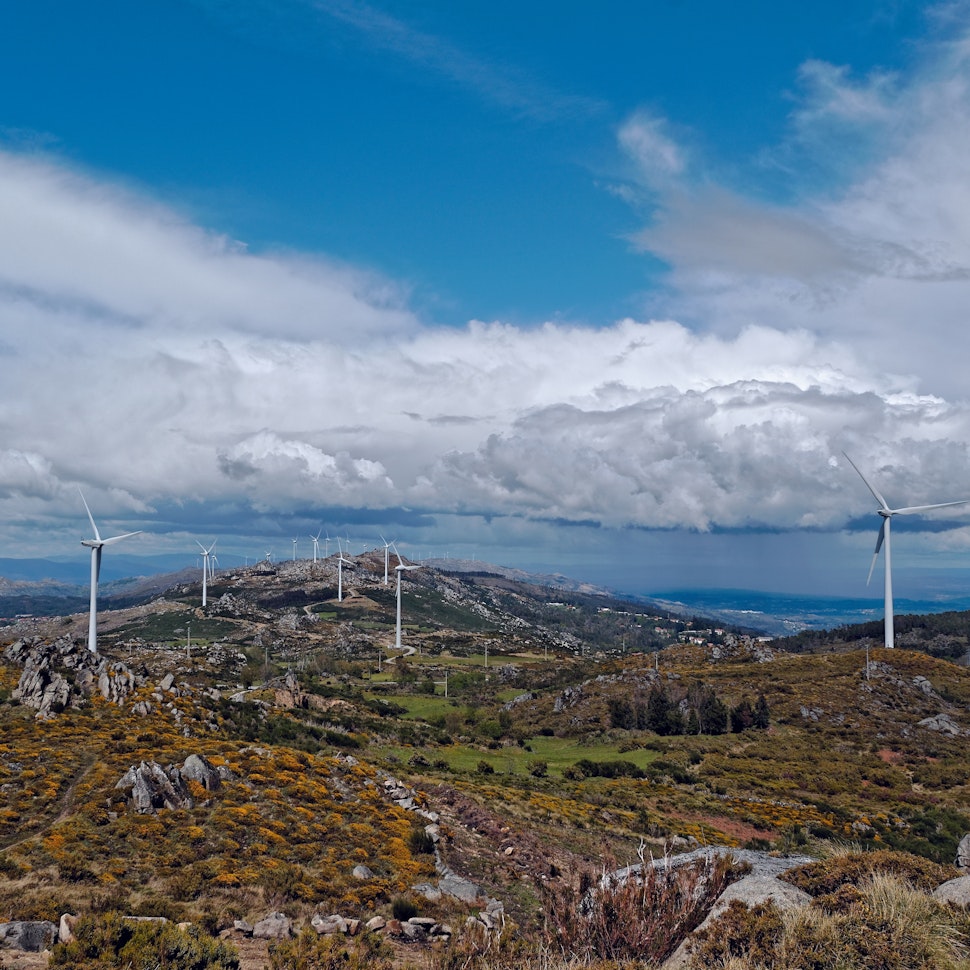
Policy and regulation
A brief history of solar and renewable energy in Spain
Spain’s journey to solar power success didn’t happen overnight. The country took its first steps towards renewable energy with small-scale solar projects in the 1980s, laying the foundation to become one of today’s most prominent solar markets. Thanks to decades of investment and progress, Spain became one of the world’s leading solar energy producers. Let’s look at how it got there in more detail.
Updated 10 DEC, 24

- RatedPower
- Solar energy blog
- Adapting Italy’s grid to accommodate the influx of renewable energy


